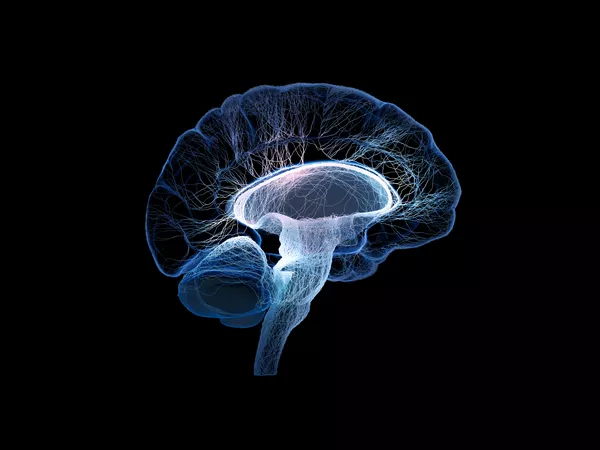REVIEW
Published on 07 Jan 2025
Olfactory dysfunction as potential biomarker in neurodegenerative diseases: a narrative review
doi 10.3389/fnins.2024.1505029
- 1,322 views
4,437
Total downloads
16k
Total views and downloads
REVIEW
Published on 07 Jan 2025
REVIEW
Published on 16 Dec 2024
MINI REVIEW
Published on 30 Oct 2024
REVIEW
Published on 16 Feb 2024
REVIEW
Published on 29 Nov 2023
ORIGINAL RESEARCH
Published on 01 Nov 2023
